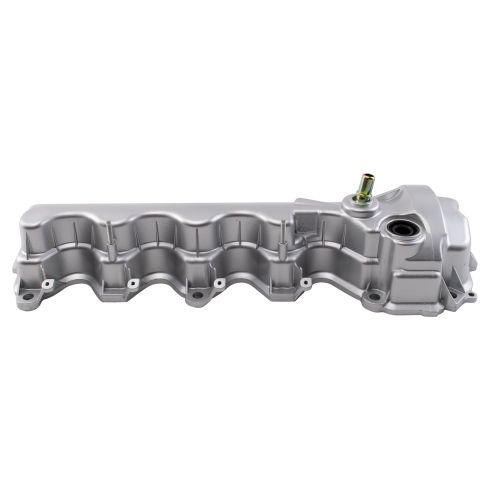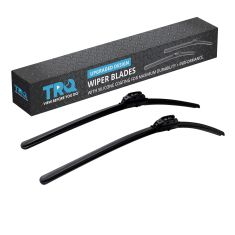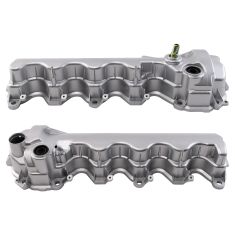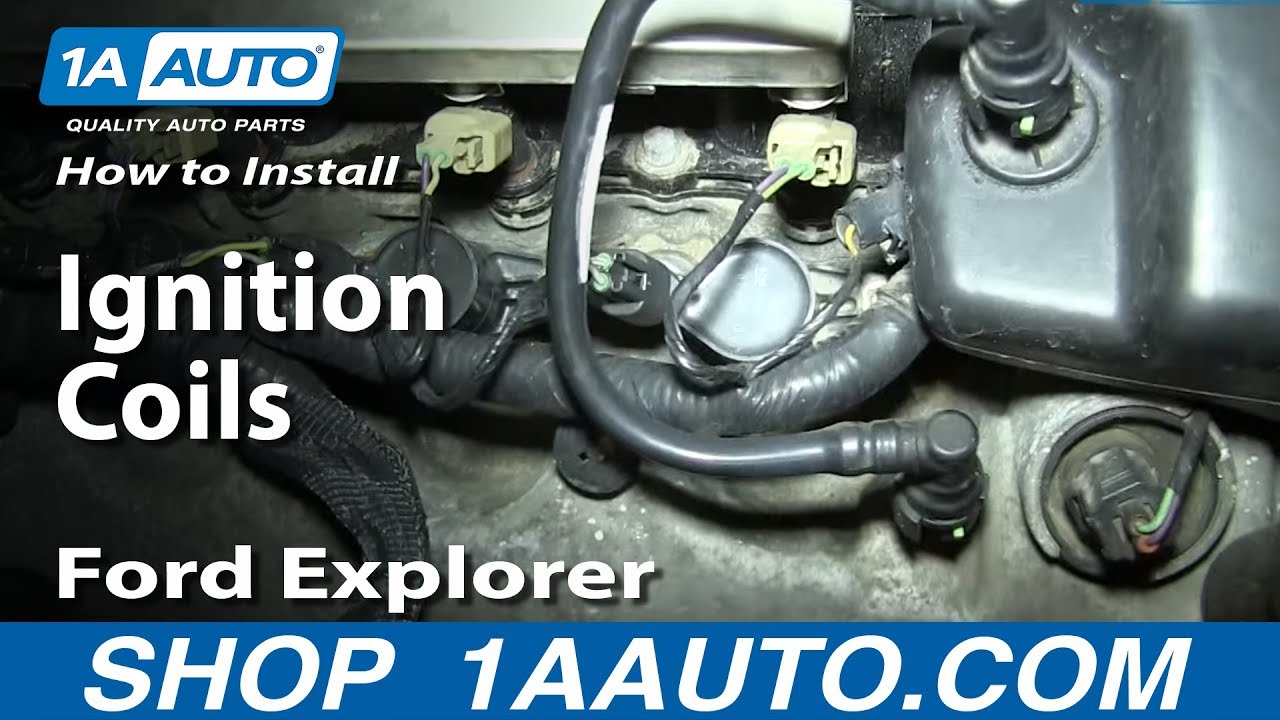1AEVC00129-Ford Lincoln Mercury Driver Side Valve Cover TRQ VCA91131







Replaces
2009 Ford Mustang V8 4.6L Driver Side Valve Cover TRQ VCA91131




Recommended for your 2009 Ford Mustang
Product Reviews
Loading reviews
Customer Q&A
No questions have been asked about this item.
Ford is a registered trademark of Ford Motor Company. 1A Auto is not affiliated with or sponsored by Ford or Ford Motor Company.
See all trademarks.











